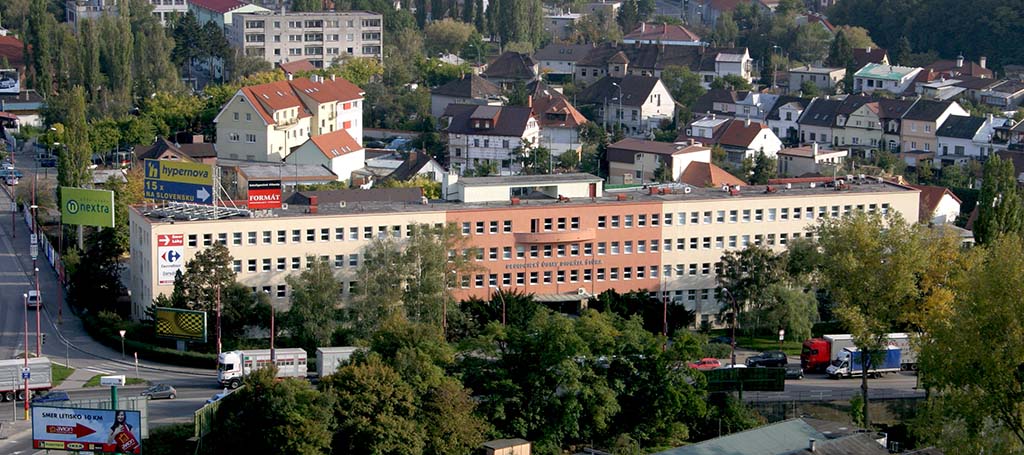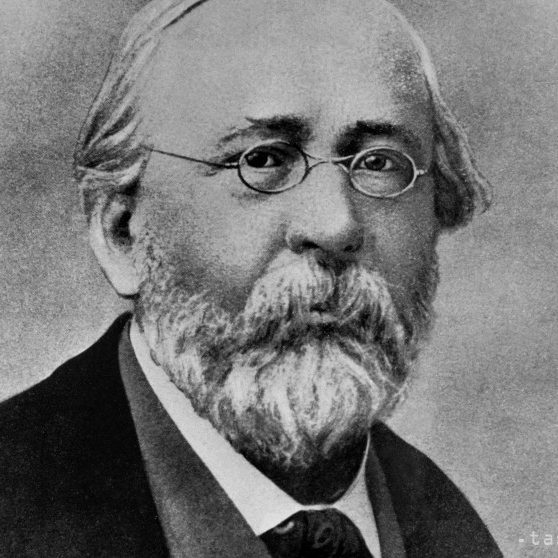State Geological Institute of Dionýz Štúr, subordinated to the Ministry of Environment SR is a contributory organization which provides geological research and exploration at the territory of the Slovak Republic, creation of information system in geology as a component of the nation-wide information system, registration and evidence activities related to geological works performance, collecting, evidence and making available the geological works results carried out at the territory of the Slovak Republic, Central Geological Library performance, issuing and purchase of maps and professional geological publications.
The State Geological Institute is named after prominent geologist of the Slovak origin Dionýz Štúr.

The Headquarters of the State Geological Institute of Dionýz Štúr in Mlynská dolina in Bratislava
DIONÝZ ŠTÚR - WORLD-WIDE FAMOUS GEOLOGIST
DIONÝZ ŠTÚR was born in 1827 in Beckov. After completing secondary school in Modra and evangelical high school in Bratislava he started in 1844 to study natural science at the Polytechnic College in Vienna. Influenced by the lectures of outstanding mineralogist Prof. W. Haidinger and botanist Prof. S. Endlicher he devoted his efforts to natural sciences. 1847 – 1849, he studied geology and mining at the Mining and Forestry Academy in Banská Štiavnica. In 1849 Imperial Geological Institute was established in Vienna and the first director was Prof. Haidinger, who in the year 1850 invited Dionýz Štúr to work in the Institute. He carried out geological research throughout the entire Austrian-Hungarian Kingdom and he compiled the first geological map of the Monarchy. Naturally, the most important for us are those works related to Slovakia. They became a milestone for a systematic geological research of the Western Carpathians. His main publications on the Western Carpathians are the works about the catchments of the rivers Váh and Nitra, on the geology of the Upper Váh and Hron catchments and of the geology of the Spišsko-gemerské rudohorie Mts. His scientific activity covered three branches, namely geology, palaeontology and botanics. He wrote numerous extensive scientific works, which ranked him among the outstanding and world-famous scientists. He was awarded several titles and decorations; he became a member of several academies of sciences and nature science societies across Europe. In 1872, he became chief geologist at Imperial Geological Institute, in 1877 its deputy director and, finally in 1885, its director. He held this position until 1892, when he retired. He passed away on October 9, 1893, and was buried in Vienna with greatest honour.


